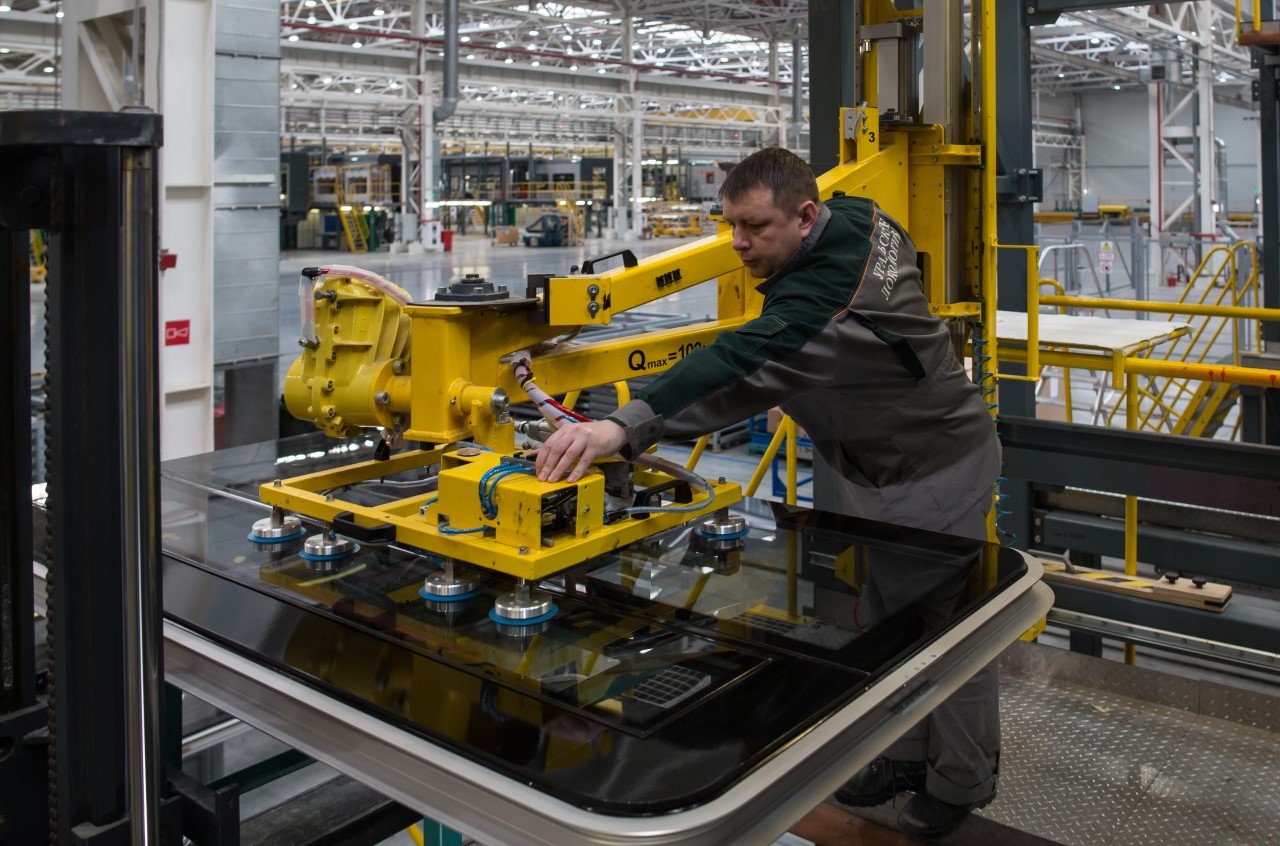Russia: Ural Locomotives (part of Sinara Transport Machines) received EU certificate for the relevant assembly technology, and also initiated the development of a domestic standard as part of the standardization program of the Union of Industries of Railway Equipment (UIRE) for 2022.
As ROLLINGSTOCK Agency was informed by Ural Locomotives, a proposal to prepare such a standard has already been submitted. This year it is planned to prepare a draft, the adjustment and coordination should be completed in 2023-2024, after which the document will be sent for final approval. Also, the manufacturer expressed its readiness, if Russian Railways is interested, to create a Russian certification system for adhesive works, similar to the IRIS system, which will include the establishment of the relevant certification bodies.
Earlier, in February of this year, Ural Locomotives reported that its adhesive assembly process was certified by TBB Cert, Germany for compliance with DIN 6701 requirements. The certificate is valid until February 2025.
Ural Locomotives was the first in the Russian railway industry to use adhesives as part of the assembly for Lastochka EMUs. In particular, the manufacturer uses adhesive to install car head in the train cabin, side windows, doors in the driver’s cabin, and the floor system. “And our suppliers – window, car head and floor system manufacturers have already joined us in it”, the company notes.
 Gluing the side windows of the Lastochka EMU. Source: Ural Locomotives
Gluing the side windows of the Lastochka EMU. Source: Ural Locomotives
At the plant, adhesive assembly is considered a promising way of production with several advantaged over welding. Thus, adhesive assembly is a more technological process and involves fewer operations, due to which it is possible to increase the production speed. “The adhesive assembly is faster because the weld has to cool in certain places before it can be passed to mechanical treatment. The machining is necessary after welding, and only after the covering with a protective layer is applies. On the other hand, we do adhesive assembly already with specific finished parts that are already painted and coated”, says Ural Locomotives. Also, adhesive is less labor-intensive and involves lower costs for tooling and equipment.
Ural Locomotives also plans to apply the adhesive assembly in the locomotives production, in particular, for the new 3ES8 Malachite electric locomotive: its prototype was recently presented, the vehicle should become the basis for the manufacturer’s line of electric locomotives for the next 15-20 years. Adhesive is already planned to be used for installation of the car head.The entire scope of design works and technological preparation in accordance with DIN 6701 has already been carried out.
The demand for adhesive technologies is also highlighted by another rolling stock producer – Metrowagonmash (MWM, part of TMH). In 2021, Andrey Grutsinov, Chief Technologist of MWM, noted that adhesive makes it possible to use aluminum and composite materials, which affect the reduction of material consumption and is essential for high-speed rolling stock production. According to his presentation, the modern hybrid adhesive offers unlimited possibilities for the development of new designs, the shear strength limit reaches 30 MPa, and the curing time is 1 hour.
Locomotive plants of TMH are also already using adhesive assembly technologies. So, the Novocherkassk Electric Locomotive Plant (NEVZ) glues the windows into the cabins, and adhesives are locally used by the Bryansk Machine-Building Plant (BMZ).













